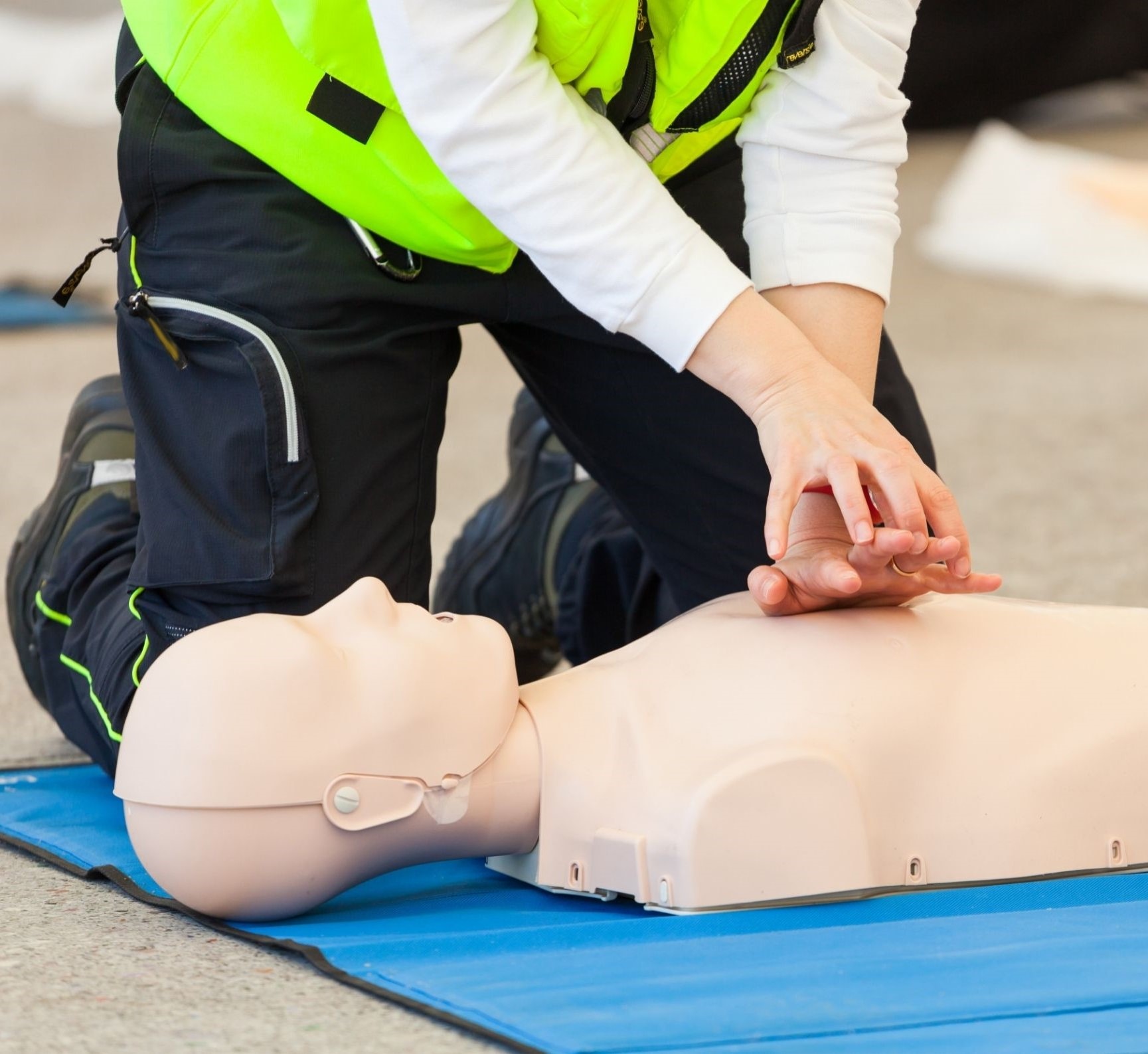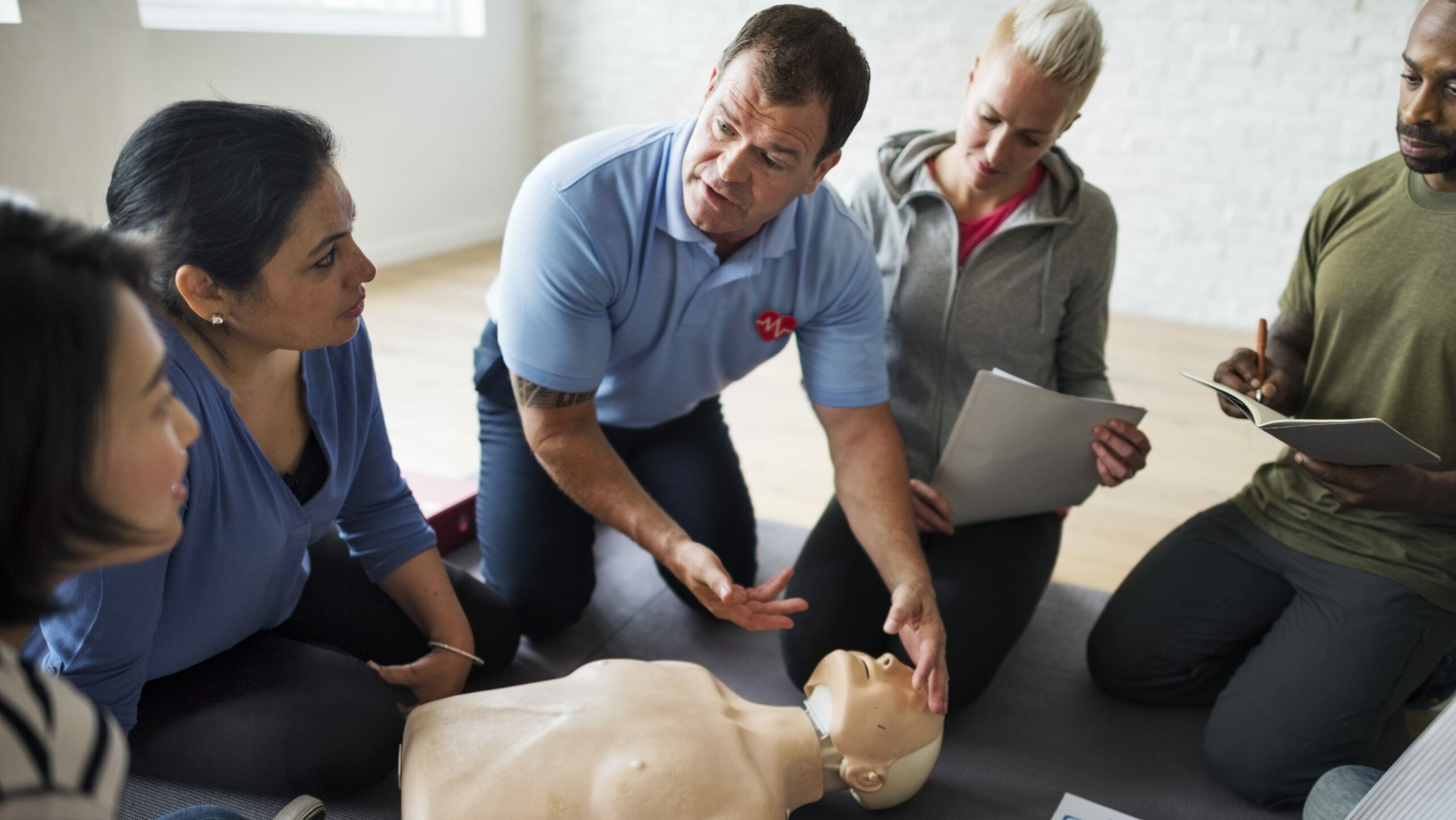Introduction
In a world where emergency situations can strike at any moment, possessing the skills and understanding to respond successfully is not simply a benefit; it's typically a necessity. Becoming licensed in first aid can change anyone from a beginner into a hero. This post explores the profound effect that getting a first aid certificate can carry individuals and communities alike. Whether you are taking into consideration enrolling in a first help course, seeking to improve your career, or merely hoping to be much better planned for unforeseen scenarios, this comprehensive guide will certainly provide useful insights into the life-changing advantages of emergency treatment training.
What is an Emergency treatment Course?
A first aid course is made to outfit individuals with the vital skills required to examine and manage medical emergencies till professional assistance arrives. These courses cover numerous subjects, consisting of wound treatment, CPR (Cardiopulmonary Resuscitation), choking relief, and a lot more.
Importance of First Aid Training
Why is initial aid training so crucial? Right here are some compelling reasons:
- Immediate Response: In emergency situations, every 2nd matters. Recognizing exactly how to administer emergency treatment can save lives. Confidence Building: Learning provides people with the confidence to act when faced with potentially life-threatening situations. Community Safety: Trained individuals contribute to overall area security by being prepared for emergencies.
Different Kinds of First Aid Courses
Various kinds of first aid courses deal with various target markets and needs:

The Trip from Amateur to Hero
Understanding Your Role as an Initial Responder
When you take a first help and CPR course, you enter the role of a first -responder. This duty is substantial due to the fact that it means you may be among the very first individuals on the scene throughout an emergency.
What Does It Mean to Be a First Responder?
Being an initial -responder requires:
- Assessing the situation quickly Making notified decisions Providing first care up until expert assistance arrives
From Concept to Method: The Discovering Process
The change from learning theory to putting it right into practice can be difficult but exceptionally fulfilling. Many programs entail hands-on training sessions where participants method methods on mannequins or through simulations.
Hands-On Experience: A Game Changer
Hands-on experience permits learners to:

- Build muscle memory Gain self-confidence in their abilities Understand how to react under pressure
The Life-Saving Skills Gotten Through Training
CPR Strategies: Greater than Simply Chest Compressions
One of one of the most essential parts instructed in any type of CPR course is just how to carry out cardiopulmonary resuscitation properly.
CPR Steps Overview
Call for aid (911 or local emergency situation number). Check responsiveness. Begin chest compressions at a rate of 100-120 per minute. Provide rescue breaths if trained.Wound Management and Bandaging Skills
Knowing how to treat wounds properly can stop infections and more complications.
Simple Strategies for Wound Care
- Clean the wound making use of light soap and water. Apply disinfectant ointment. Cover with sterilized gauze or bandage.
Real-Life Effect of Having an Emergency Treatment Certificate
Stories That Inspire Change
Countless stories highlight exactly how having an emergency treatment certification has actually altered lives dramatically.
Case Research study 1: A Brave Rescue at Home
Imagine being at home when your youngster suddenly chokes on food. Many thanks to her training in a first help course, she promptly did back impacts, dislodging the food and conserving her child's life.
Case Study 2: Work Environment Emergency
In another scenario, a white-collar worker falls down because of cardiac arrest throughout lunch hour. An associate learnt mouth-to-mouth resuscitation promptly interferes, doing upper body compressions that eventually cause effective resuscitation prior to paramedics arrive.
Enhancing Occupation Opportunities Via Certification
How Employers Worth First Aid Training
In today's task market, many employers look positively upon candidates that have certifications in first aid and CPR.
Benefits for Professionals
Having a legitimate first aid certificate can provide countless advantages:

- Increased employability Additional skill set for occupation advancement Ability to add favorably within teams
First Aid Training in Specific Professions
Certain professions need or highly benefit from having actually educated employees aboard:
Healthcare Providers Teachers Lifeguards CoachesChoosing the Right Training course for You
Factors Influencing Your Decision
When exploring options for your first help course, think about these factors:
Course Period Certification Validity Provider Credibility Content CoveredComparing Various Organizations Offering First Aid Courses
It's vital to research numerous organizations prior to devoting:
|Organization|Course Kind|Period|Certification Legitimacy|| --------------|-------------|----------|-----------------------|| https://squareblogs.net/audiancnep/emergency-treatment-training-for-child-care-employees-finding-courses-near-you-j8m7 Red Cross|Standard|8 hours|2 years|| American Heart Association|Advanced|16 hours|2 years|| Citizen Recreation Center|Standard|4 hours|No expiry|
FAQ Section
Q1: What is consisted of in a typical emergency treatment course?
A criterion first aid course usually consists of subjects such as injury care, shock management, CPR techniques, choking relief approaches, and injury assessment.
Q2: How much time does it take to finish an emergency treatment course?
Most fundamental courses vary from 4 hours approximately two days relying on whether it's an introductory degree or innovative training session.
hltaid011 first aid courses informationQ3: Is accreditation needed after completing the course?
While qualification isn't constantly mandatory, having it enhances your credibility as someone qualified in emergency situation feedback situations.
Q4: Are online first aid programs effective?
Online courses can supply flexibility however needs to ideally include useful assessments either basically or through scheduled workshops with certified instructors.
Q5: Can I show others as soon as I have my certification?
Only if you pursue extra credentials such as instructor-level training; or else, you're furnished just for personal use unless defined otherwise by your accrediting organization.
Q6: Exactly how frequently need to I renew my certification?
Typically every 2 years; nonetheless, specific companies may need different revival timelines based on updated standards or practices discovered throughout re-certification courses.
Conclusion
Embarking on the journey from novice to hero through obtaining a first help certificate isn't simply about learning skills; it's about empowering oneself and others within communities almost everywhere! The understanding obtained with an appealing first aid and mouth-to-mouth resuscitation course improves individual confidence while enabling skilled activity throughout dilemmas-- possibly conserving lives along the road! So whether you're motivated by personal growth or specialist improvement-- investing time right into comprehending these techniques can genuinely change lives forever!
Remember-- the following time an emergency develops around you-- your training might just transform you into someone else's hero!